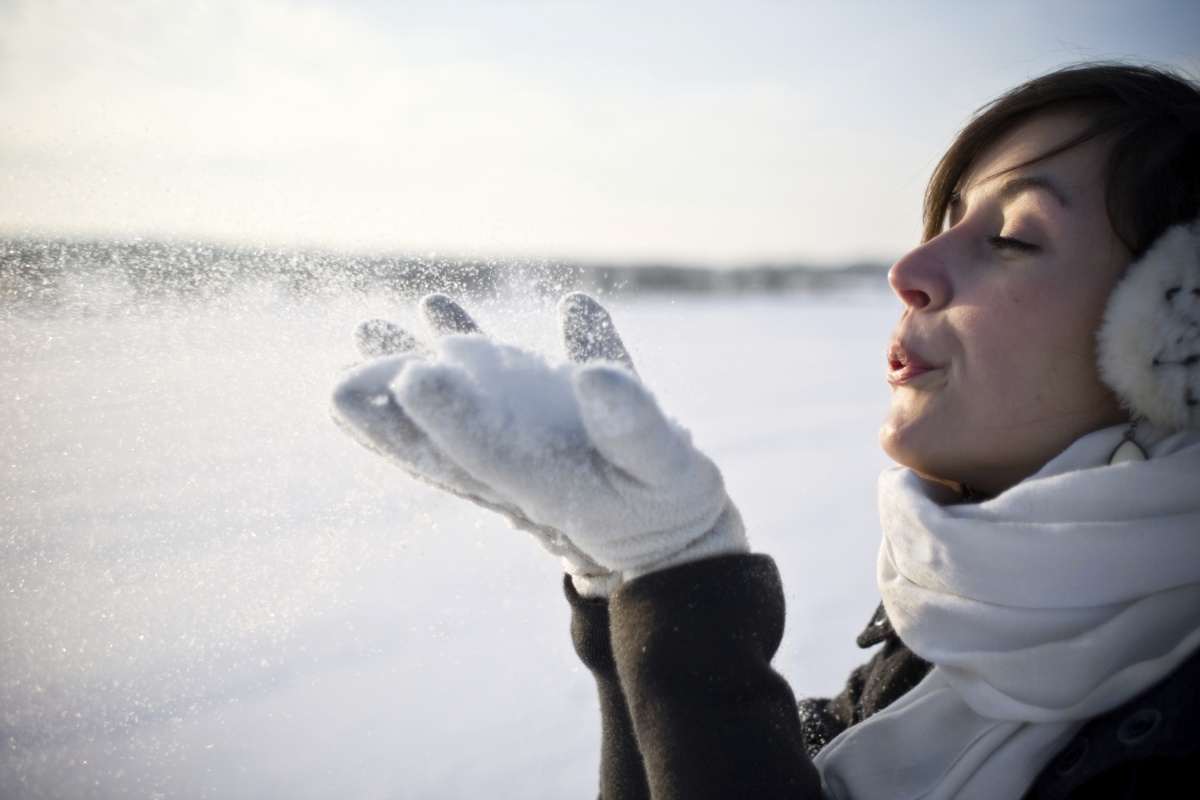
Many of us associate poor air quality days with smog that tends to build up in the summer. Did you know that we also experience poor air quality days in the winter? Smog can occur throughout the year, but the composition of the smog changes with the seasons.
In the summer, smog is mainly composed of ground-level ozone (a harmful pollutant) and may also consist of small suspended particles originating from forest fire smoke. In the winter, smog primarily consists of small suspended particles from car exhaust, and burning of wood in stoves and fireplaces.
Most often winter smog is caused by a temperature inversion on calm days, which leads to the accumulation of pollutants at ground level. On a normal day, warm air rises and mixes causing pollutants to disperse. When a temperature inversion occurs, cold, stagnant air gets trapped at ground level where we live and breathe, thus affecting the air quality and potentially causing negative health effects. An inversion can occur for hours or even days.
Whether you are going out for a brisk winter walk or heading on a cross-county skiing adventure, it is important to be aware of the air quality in your region of the province. The Air Quality Health Index (AQHI) is a vital health management tool, with messaging for both general and “at-risk” populations. Seniors, children and individuals with lung or heart disease are at a greater risk from the effects of air pollution, so it is important that these groups pay special attention to the AQHI.
The AQHI provides a number from 1 to 10 to indicate the level of health risk associated with local air quality. The higher the AQHI number, the greater the health risk and need to take precautions. The AQHI also provides recommendations on how to minimize respiratory health risks with timely forecasts to help plan outdoor activities.

